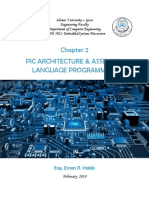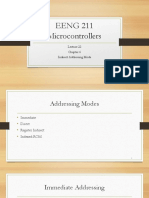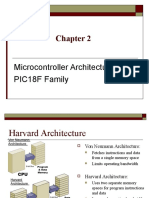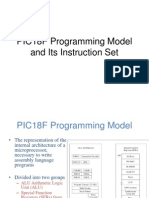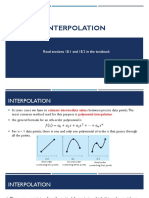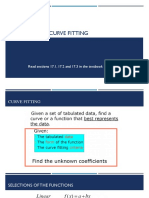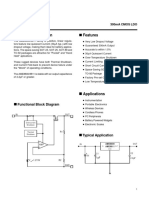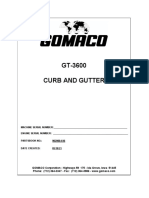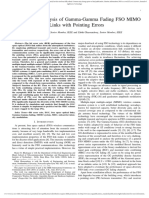0% found this document useful (0 votes)
101 views25 pagesEmbedded System
The document provides information about embedded systems and microcontrollers. It discusses embedded systems definitions, generic block diagrams, features of microcontrollers including PIC microcontrollers. It summarizes the PIC18 architecture including program memory, data RAM, registers, banking, and basic instructions.
Uploaded by
Aya ZaiedCopyright
© © All Rights Reserved
We take content rights seriously. If you suspect this is your content, claim it here.
Available Formats
Download as PDF, TXT or read online on Scribd
0% found this document useful (0 votes)
101 views25 pagesEmbedded System
The document provides information about embedded systems and microcontrollers. It discusses embedded systems definitions, generic block diagrams, features of microcontrollers including PIC microcontrollers. It summarizes the PIC18 architecture including program memory, data RAM, registers, banking, and basic instructions.
Uploaded by
Aya ZaiedCopyright
© © All Rights Reserved
We take content rights seriously. If you suspect this is your content, claim it here.
Available Formats
Download as PDF, TXT or read online on Scribd
/ 25

